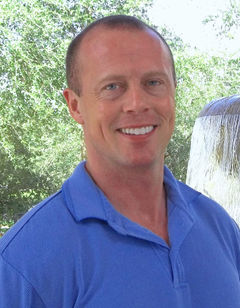Cardiorespiratory training is an essential element to achieving top physical health, but not everyone enjoys doing it. This creates a challenge for health and exercise professionals to find creative ways to properly motivate their clients to adopt a consistent program. The key to success: figuring out how to make cardio more engaging for your clients.
As with most activities, people tend to participate in things they enjoy and understand, as well as those for which they can see the benefits and value. Most traditional cardio programs are based on time or distance. Both of these parameters are adequate ways to create and monitor cardio training; however, they do not tell the full story and tend to lack the excitement necessary to keep people motivated, excited and engaged.
One of the most underutilized metrics related to cardio training is watts. This is most likely because many health and exercise professionals don’t have a full understanding of what watts measures, or how to use it when designing cardio-training programs for their clients.
The Science Behind Watts
Watts measure the rate of energy conversion, defined as one joule per second. The more energy (power) produced during training, the harder the individual is working. There is a direct correlation between the number of calories burned during a cardio-training session and the watts achieved. It is much easier, however, to focus on increasing watt production and let the calorie burn take care of itself.
For example, if an individual is using an indoor bike, he or she will most commonly ride the bike for a certain amount of time and focus on little more than the distance covered. A more novel approach would be to give the individual a target wattage to obtain and/or maintain for certain amounts of time versus biking for a set period of time.
For example, cardio workouts might look like the following:
3 minutes at 100 watts
3 minutes at 125 watts
3 minutes at 150 watts
3 minutes at 170+ watts
3 minutes at 125 watts
Here’s a sample treadmill workout using this formula: After a suitable warm-up, have your client run at what he or she considers a fast pace for 2 minutes. Determine the wattage and use that as a baseline.
Based off wattage, walk or run:
3 minutes at 50% of baseline
3 minutes at 60% of baseline
2 minutes at 70% of baseline
1 minute at 80% of baseline
1 minute at 60% of baseline
1 minute at 90% of baseline
2 minutes at 70% of baseline
1 minute at 90% of baseline
3 minutes at 60% of baseline
These types of workouts create a higher level of engagement and demonstrate a higher value for you, the health and exercise professional. They also motivate individuals to push harder than they normally would, which helps them burn more calories, work harder and achieve a higher level of overall fitness.




 by
by 











 by
by